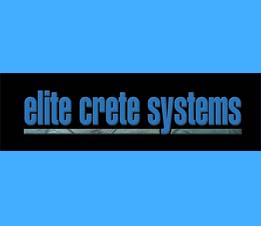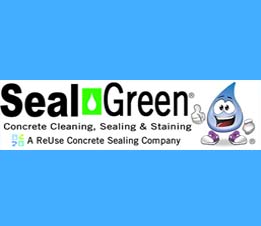WHY VERTICAL GRAIN?
Article originally posted at http://www.woodsiding.com/
While house building methods vary widely across the US, one common practice has been that carpenters often use “vertical grain” wood on surfaces such as floors, shingles and siding that need to endure extreme weather conditions. This practice can be seen here in New England on churches, meeting houses, schools, bridges, barns and homes. The builders of these structures learned from experience that the performance of “vertical grain” wood is superior when it comes to withstanding severe exposures.
“Vertical Grain” vs “Flat Sawn”Most lumber available is “flat sawn”. The annual growth rings run roughly parallel to the face of the board. As shown in the illustration A
![]() ,they tend to shrink across the width, and cup.
,they tend to shrink across the width, and cup.
True quartersawn lumber produces a “vertical grain” where the annual growth rings are vertical to the face of the board. As shown in the illustration B, they tend to shrink across the thickness and remain flat.

“Vertical grain” boards are highly stable and show a minimum shrinkage and warpage. This enhances the durability and its ability to hold paints and stains.
Growth rings
The annual growth rings of wood are composed of soft porous wood that grows in the early spring and relatively harder dense wood that grows in late summer.It is the darker late wood that we count as the “growth rings”. The soft porous wood wears more quickly in abrasive applications such as flooring. Since “vertical grain” wood exposes a minimum of this soft early wood it lasts longer. This soft porous wood is also subject to a faster degradation from the sun’s ultraviolet rays. The UV rays actually destroy the wood cell structure and this creates pockets that retain dirt and moisture. The presence of moisture can lead to the biodegradation or rotting of the wood. Quartersawn spruce and pine is known to last over 100 years.
Shrinking and Expanding
Wood shrinks and expands with changes in moisture content. In exterior applications these changes are severe. The purposes of all finishes is to protect wood from the reabsorption of moisture and the damaging affects of the sun’s ultraviolet rays. This can lead to the premature decay of the wood and the expense of replacement. Paints and solid color stains offer the best protection from these elements.
Paints and stains
“Vertical grain” wood holds paint and stain better and does not stress the finish like “flat sawn” wood. All finishes have limited elasticity and anything that reduces the movement of the wood translates in to a longer lasting finish.
The porous early wood absorbs paints and stains much more than the late wood. The finish actually forms a bridge over the denser late wood. On “vertical grain”wood these bridges are much shorter and thus much stronger than on “flat grain” wood. The benefit is that in the long run you will have to reapply finishes less often and with less surface preparation resulting in less cost.






